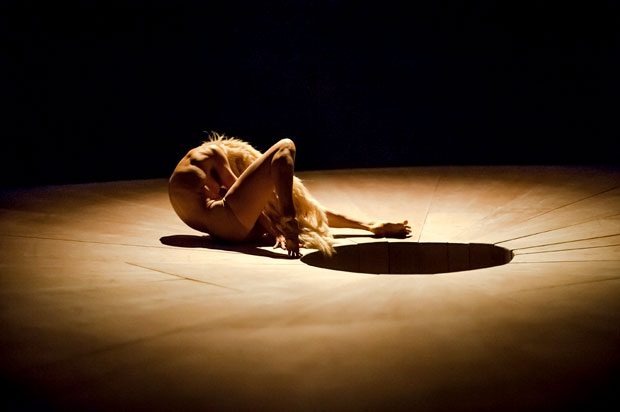
© Brian Hartley/Stillmotion. (Click image for larger version)
Scottish Dance Theatre
Yama, Kingdom
Edinburgh, Traverse Theatre
1 March 2014
www.scottishdancetheatre.com
www.traverse.co.uk
There’s a thread connecting the elemental ancient to the here and now, trailing slowly but firmly through Scottish Dance Theatre’s double bill of new works. Though Damien Jalet’s Yama and Jorge Crecis’s Kingdom each assert their own identity, the same feelings hover through both pieces; of being grounded in the past but also tearing headlong into the present.
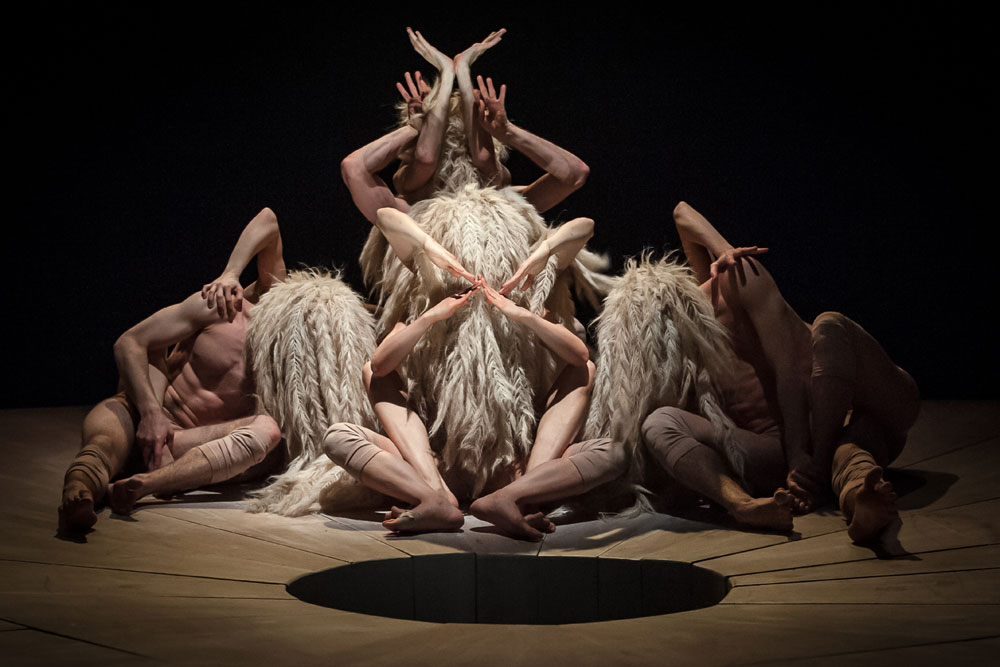
© Brian Hartley/Stillmotion. (Click image for larger version)
Yama, inspired by Jalet’s travels through Japan’s Tohoku mountains, takes place on a raised white platform, a slab of mooncake with a gaping hole at its centre. Through this the feet of the first dancer probe, so dextrous they look like alien hands grasping for purchase. To Winter Family’s electric wind-rumble score Manon Greiner solos, tangling his own limbs so that under Emma Jones’s lighting he could almost be multiplying. More dancers join him, ebbing up from beneath the stage until a multi-limbed organ spills in all directions. There’s a sensual horror to their fleshy dance; all wear giant tangled wigs in fairytale white, all emerge into one creature and brush gently in the wind like flower stamens, then split off into wriggling tumours of twos and threes.
As the dancers divide and sub-divide, the dance also seems to evolve until angular elbow pops and crossed legs have overtaken the primitive ooze and rub. The soundtrack swells into resolution, melody creeps in, and they don clothes – giant monochrome tunics flying with strands of rope. It’s only now that the realisation dawns; we haven’t yet seen the dancers’ faces.

© Brian Hartley/Stillmotion. (Click image for larger version)
Yama is an awe-inspiring piece that gathers energy as it grows, and calls on the things that make us human, from echoes of shamanic strangeness to the sense of a city blinking and whirring. It’s a piece that without doubt owes as much to design (Jean-Paul Lespagnard’s costumes in particular) as to Jalet’s fascinating choreography, and the interaction between the two is at the core of its resonance.
In Kingdom we fast forward from cellular beginnings to something hinting at a medieval community. Hooded and in loose brown fabric, the ensemble work to assemble a bamboo and red rope frame, using teeth, hands and feet to pull the structure taut. Punkish rage and defiance course through every move they make, and the ripples of choreographer Crecis’s inspiration – the Madrid Occupy Movement – are present at every rigid stand-off and muscular duet.

© Brian Hartley/Stillmotion. (Click image for larger version)
Here the hands of one dancer brace the head of another, while the other pushes backwards with her own arms. Performers perch bird-like on the bamboo, or slip like rainwater among its bars, and when the light turns red, the warm natural wood could easily be the cold steel of scaffolding. Aggressive in its geometry, the structure also has a protective quality, cocooning the people inside it, or using its spikes as a barrier to defend them. While there isn’t such natural and subtle progression as in Yama, the strength and strain of the dancers – one duet forges uncomfortable upside-down clots, and another mirrors with martial arts style kicks – carries the piece with an energy that shows anger is timeless.

© Brian Hartley/Stillmotion. (Click image for larger version)
Both pieces cast an impact but it’s Yama that leaves its tingle and stain under the skin, like a memory both startling and full of recognition.






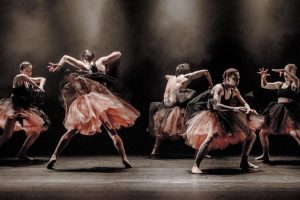
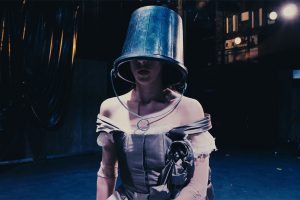
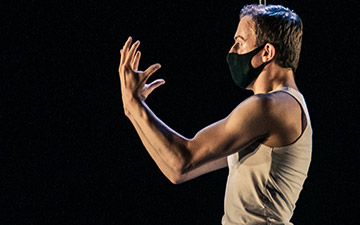

![2Faced Dance Company's promotional image for the EVERYTHING [But the Girl] triple bill.© Chris Nash. (Click image for larger version)](https://dancetabs.com/wp-content/uploads/2020/04/cn-everything-3bill-promo-image_360.jpg)
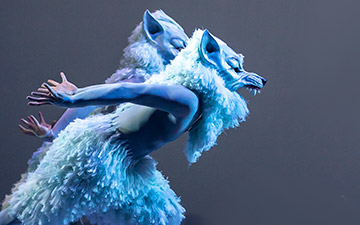
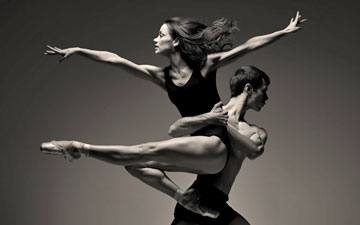
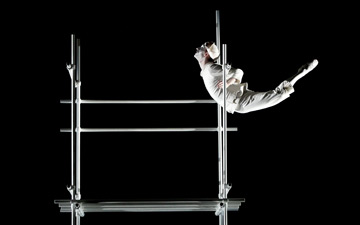

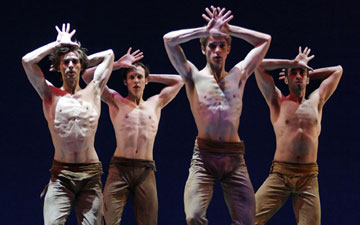
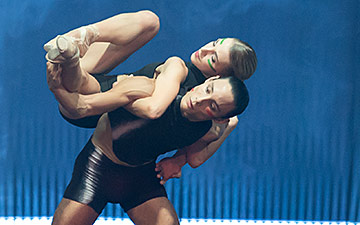
You must be logged in to post a comment.